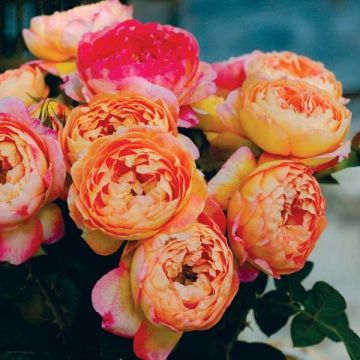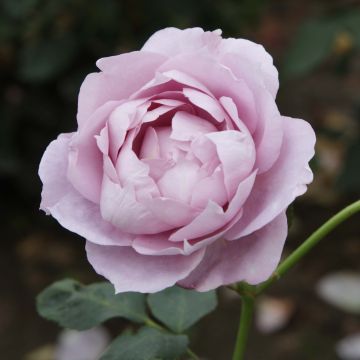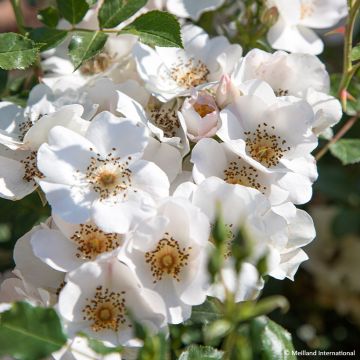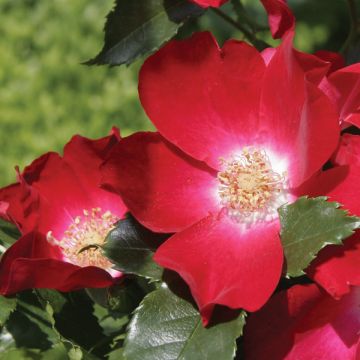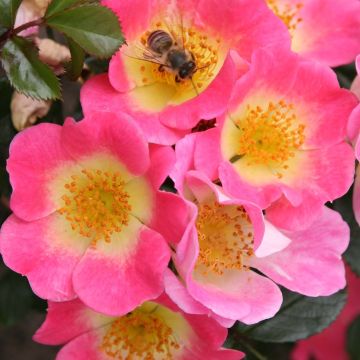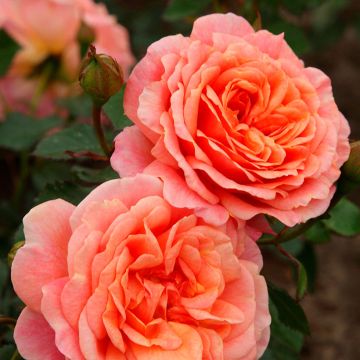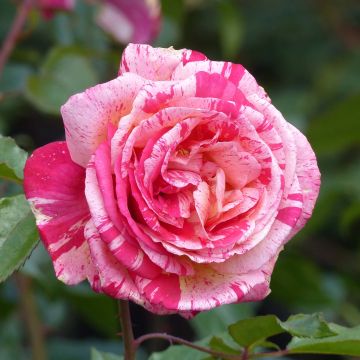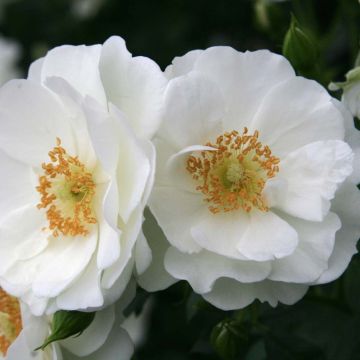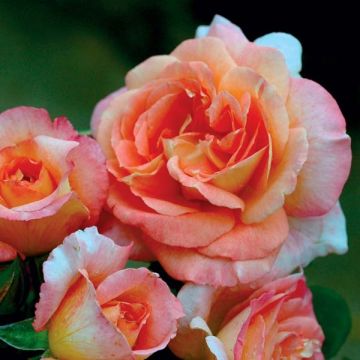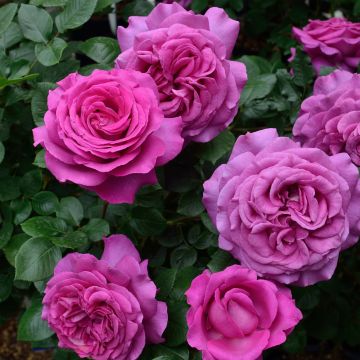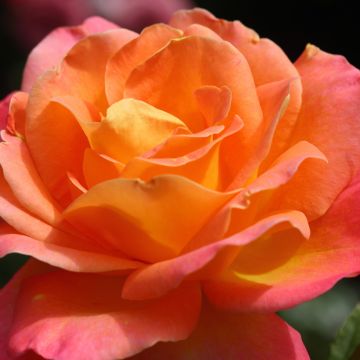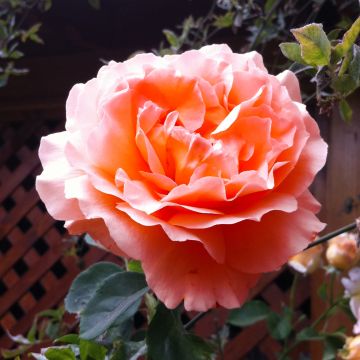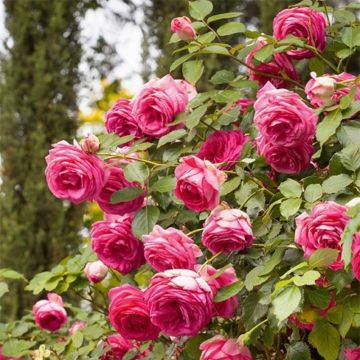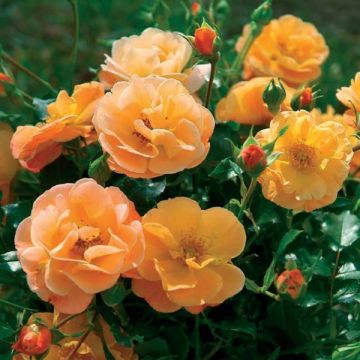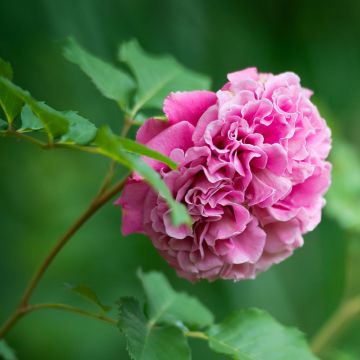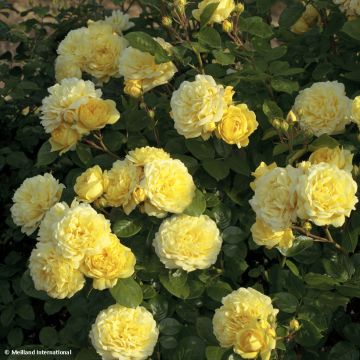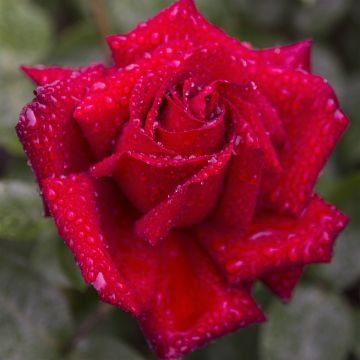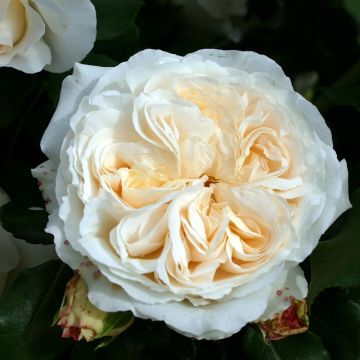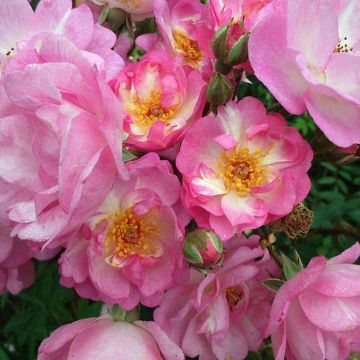Plantfit
Log in / Register
Existing customer?
New customer?
Create an account to track your orders, access our customer service and, if you wish, make the most of our upcoming offers.
My Account
Hello
Shipping country and language
Your country of residence may be:
For a better user experience on our website, you can select:
Your shipping country:
Andorra
Austria
Belgium
Bulgaria
Croatia
Czechia
Denmark
Estonia
Finland
France
Germany
Greece
Hungary
Iceland
Ireland
Italy
Latvia
Lithuania
Luxembourg
Monaco
Netherlands
Poland
Portugal
Romania
Slovakia
Slovenia
Spain
Sweden
Switzerland
Language:
French
English
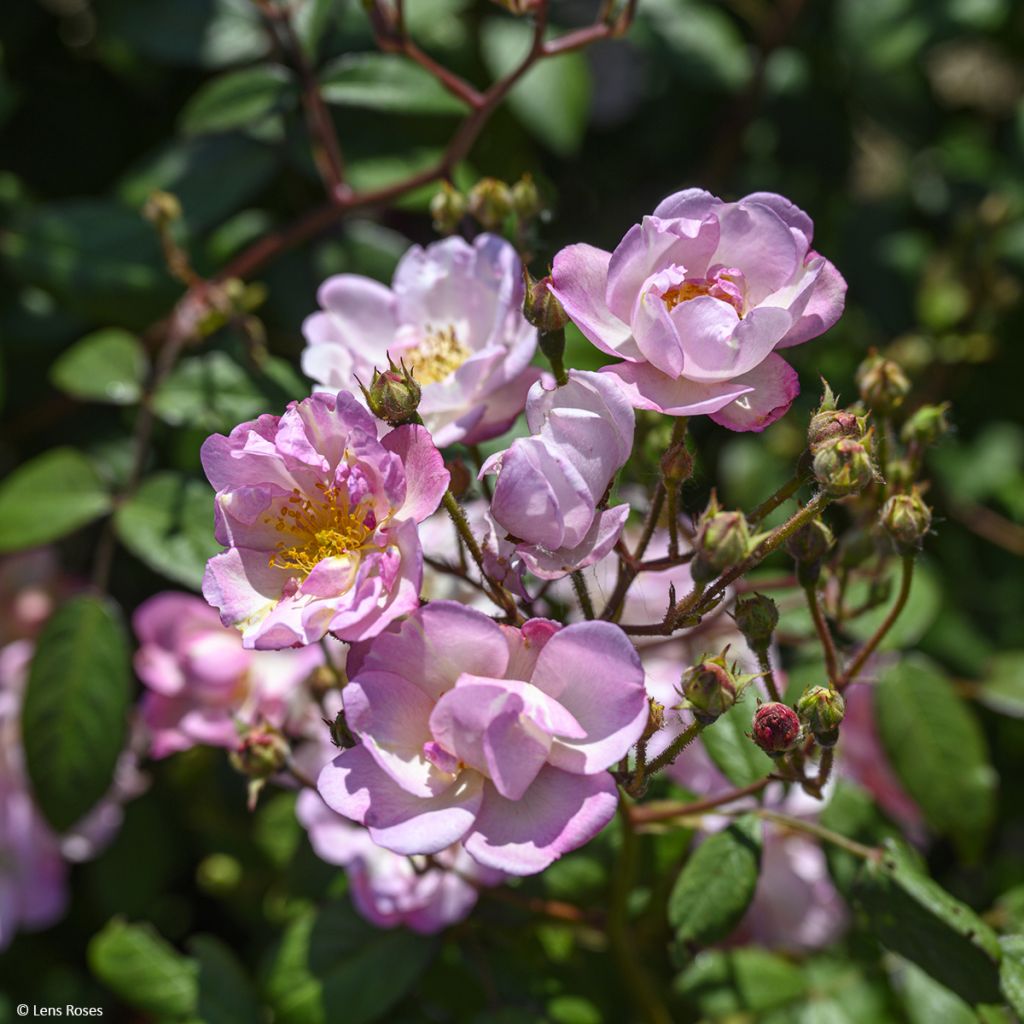

Rosa x moschata 'Twins' - Moschata Rose
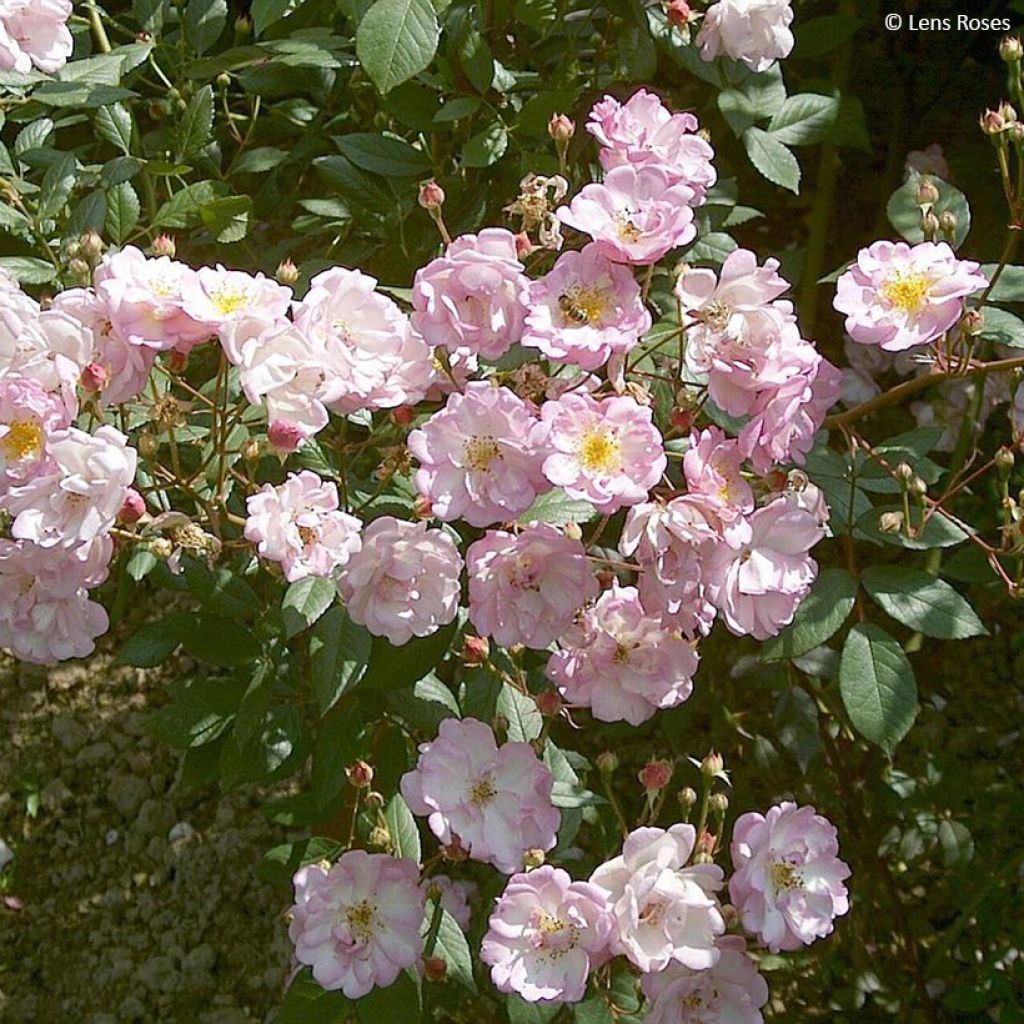

Rosa x moschata 'Twins' - Moschata Rose
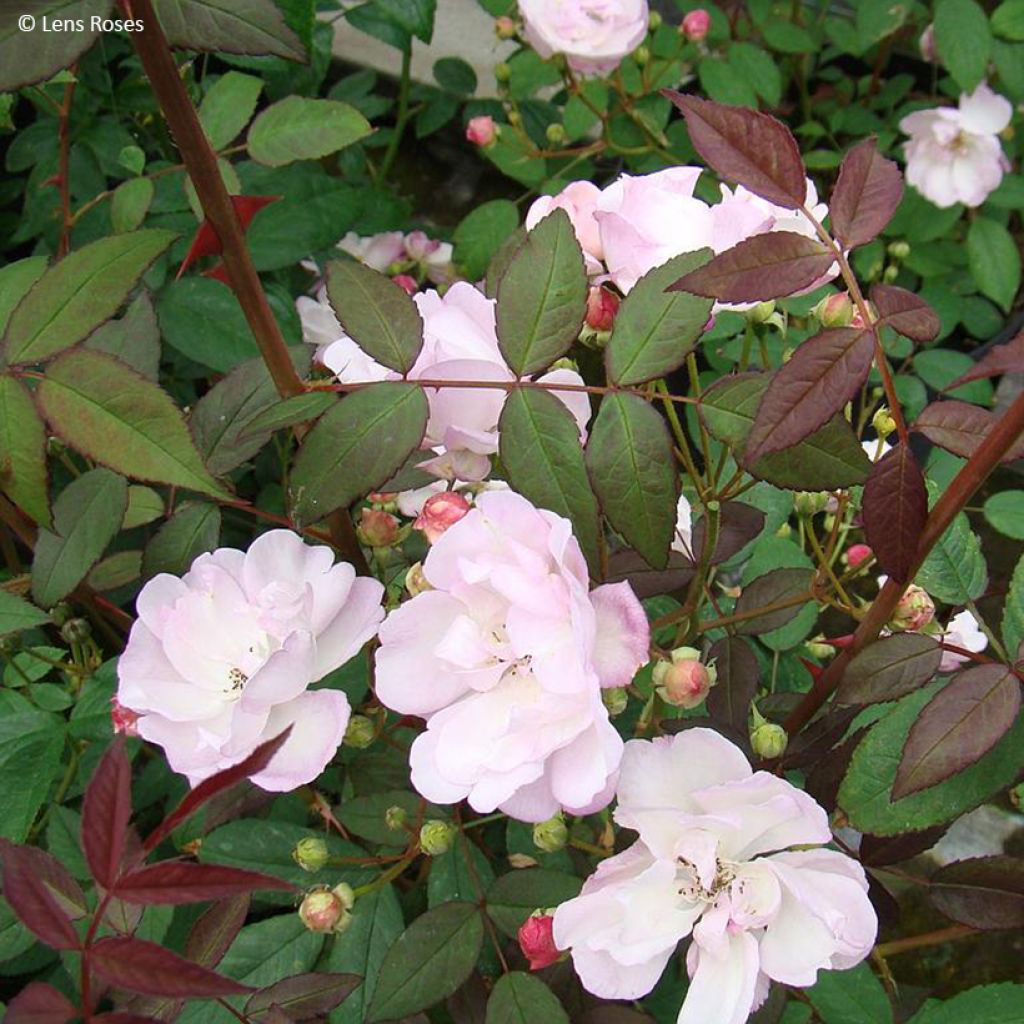

Rosa x moschata 'Twins' - Moschata Rose
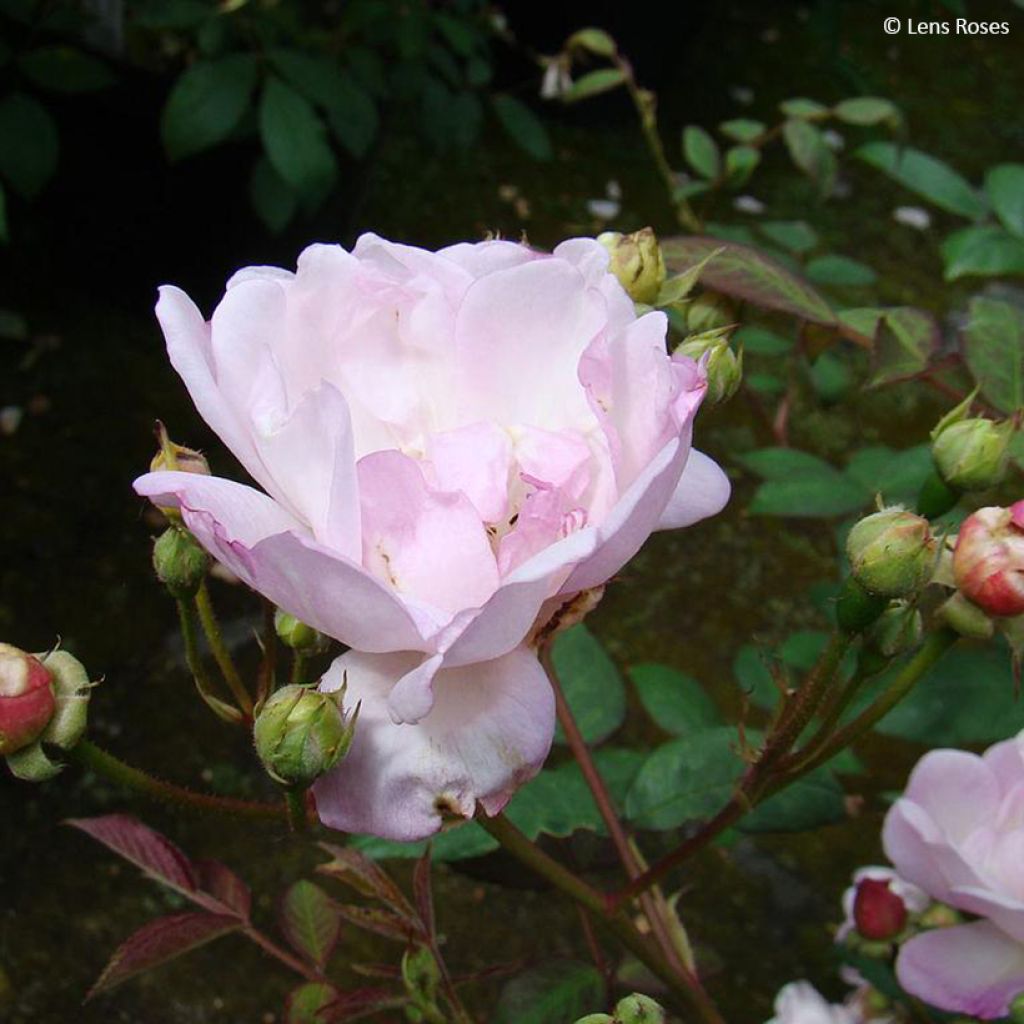

Rosa x moschata 'Twins' - Moschata Rose
Rosa x moschata 'Twins' - Moschata Rose
Rosa x moschata Twins® 'LENtrifel'
LENtrifel
Order in the next for dispatch today!
Dispatch by letter from €3.90.
Delivery charge from €5.90 Oversize package delivery charge from €6.90.
More information
This item is not available in your country.
Select delivery date,
and select date in basket
This plant carries a 24 months recovery warranty
More information
We guarantee the quality of our plants for a full growing cycle, and will replace at our expense any plant that fails to recover under normal climatic and planting conditions.
From €5.90 for pickup delivery and €6.90 for home delivery
Express home delivery from €8.90.
From €5.90 for pickup delivery and €6.90 for home delivery
Express home delivery from €8.90.
Does this plant fit my garden?
Set up your Plantfit profile →
Description
The 'Twins' rose bush is a generous, lively and gently coloured shrub that blooms continuously from early summer until the first frost. This excellent hybrid of the musk rose charms with its soft fragrance, and the pastel pink colour of its flowers harmonizes perfectly with the young brown leaves and greyish-blue-green of the mature foliage. This well-offered flowering to bees produces oval hips of various colours in autumn. It is a naturally disease-resistant variety, almost maintenance-free, rewarding and easy to grow in any soil, even in partial shade.
The 'LENtrifel Twins' rose is a creation of L. Lens from 1994, which was awarded a Certificate of Merit in Courtrai in 1994. It is derived, among others, from the musk rose (Rosa (x) moschata), a spontaneous hybrid probably originating from Asia Minor or the Middle East. Like polyanthas and floribundas, roses from this family produce flowers gathered in clusters. However, their colours are more refined and have a more flexible and graceful habit. 'Twins' shows rapid and vigorous growth and a bushy, spreading, fan-shaped habit. Ultimately, this bush reaches about 1.35m (4ft) in height and 1.20m (4ft) in width, sometimes more, depending on the growing conditions. Trained as a climber, it quickly reaches up to 2m (7ft). Its flexible and spiny stems bear young shoots tinged with brown. The leaves are divided into dark green leaflets that take on greyish-blue hues over time. Flowering begins in June until October if the soil does not dry out too much. The flowers form rounded clusters of numerous small semi-double flowers measuring 4cm (2in) in diameter. Their colour is a more or less light lilac pink, varying with the temperature. The centre of the corollas, occupied by golden stamens, is well-offered to bees and other pollinators. The flower stalks are sturdy, and the pedicels that bear the flowers are soft reddish-brown, harmonising with the young leaves. The flowers have an aromatic scent. If faded flowers are not pruned from August onwards, this rose produces small oval fruits at the end of the season. Some turn orange, others remain green. Its hardiness is provided to approximately -15 °C (5°F).
This shrub rose 'Twins' is undemanding, reliable and generous. The bush thrives in any well-prepared soil and requires no pruning apart from removing the oldest branches or dead wood at the end of winter. Its refined colours and wild rose-like appearance work wonders in an English or romantic garden. Plant it in a flowering hedge or a bed with other landscape roses, with perennials such as geraniums, nepetas and perennial salvias. Also, consider pairing it with a small-sized clematis ('Blue Pirouette', 'Country Rose', 'Josephine'...) that will weave through its branches.
Rosa x moschata 'Twins' - Moschata Rose in pictures


Plant habit
Flowering
Foliage
Botanical data
Rosa
x moschata
Twins® 'LENtrifel'
Rosaceae
LENtrifel
Cultivar or hybrid
Planting and care
The 'Twins' Rosebush can be planted in full sun or partial shade, especially in hot and sunny regions. It can adapt to any type of garden, provided the soil is well-cultivated and rich enough. To plant your rosebush, first prepare the soil by crumbling it well and adding an amendment such as blood, fish and bone at the bottom of the planting hole. Water generously after planting to remove any air pockets and continue to water regularly over the next few weeks to help the roots establish. Pruning should be limited to removing any dead wood, and thinning out the center of the bush is optional by pruning the interlacing branches. Once the flowers start blooming, be sure to remove any faded flowers to encourage the development of other buds.
Rosebushes may appear stained or unsightly at the end of summer, but this is a natural occurrence and does not affect their growth.
Planting period
Intended location
Care
This item has not been reviewed yet - be the first to leave a review about it.
Roses by producer
Haven't found what you were looking for?
Hardiness is the lowest winter temperature a plant can endure without suffering serious damage or even dying. However, hardiness is affected by location (a sheltered area, such as a patio), protection (winter cover) and soil type (hardiness is improved by well-drained soil).

Photo Sharing Terms & Conditions
In order to encourage gardeners to interact and share their experiences, Promesse de fleurs offers various media enabling content to be uploaded onto its Site - in particular via the ‘Photo sharing’ module.
The User agrees to refrain from:
- Posting any content that is illegal, prejudicial, insulting, racist, inciteful to hatred, revisionist, contrary to public decency, that infringes on privacy or on the privacy rights of third parties, in particular the publicity rights of persons and goods, intellectual property rights, or the right to privacy.
- Submitting content on behalf of a third party;
- Impersonate the identity of a third party and/or publish any personal information about a third party;
In general, the User undertakes to refrain from any unethical behaviour.
All Content (in particular text, comments, files, images, photos, videos, creative works, etc.), which may be subject to property or intellectual property rights, image or other private rights, shall remain the property of the User, subject to the limited rights granted by the terms of the licence granted by Promesse de fleurs as stated below. Users are at liberty to publish or not to publish such Content on the Site, notably via the ‘Photo Sharing’ facility, and accept that this Content shall be made public and freely accessible, notably on the Internet.
Users further acknowledge, undertake to have ,and guarantee that they hold all necessary rights and permissions to publish such material on the Site, in particular with regard to the legislation in force pertaining to any privacy, property, intellectual property, image, or contractual rights, or rights of any other nature. By publishing such Content on the Site, Users acknowledge accepting full liability as publishers of the Content within the meaning of the law, and grant Promesse de fleurs, free of charge, an inclusive, worldwide licence for the said Content for the entire duration of its publication, including all reproduction, representation, up/downloading, displaying, performing, transmission, and storage rights.
Users also grant permission for their name to be linked to the Content and accept that this link may not always be made available.
By engaging in posting material, Users consent to their Content becoming automatically accessible on the Internet, in particular on other sites and/or blogs and/or web pages of the Promesse de fleurs site, including in particular social pages and the Promesse de fleurs catalogue.
Users may secure the removal of entrusted content free of charge by issuing a simple request via our contact form.
The flowering period indicated on our website applies to countries and regions located in USDA zone 8 (France, the United Kingdom, Ireland, the Netherlands, etc.)
It will vary according to where you live:
- In zones 9 to 10 (Italy, Spain, Greece, etc.), flowering will occur about 2 to 4 weeks earlier.
- In zones 6 to 7 (Germany, Poland, Slovenia, and lower mountainous regions), flowering will be delayed by 2 to 3 weeks.
- In zone 5 (Central Europe, Scandinavia), blooming will be delayed by 3 to 5 weeks.
In temperate climates, pruning of spring-flowering shrubs (forsythia, spireas, etc.) should be done just after flowering.
Pruning of summer-flowering shrubs (Indian Lilac, Perovskia, etc.) can be done in winter or spring.
In cold regions as well as with frost-sensitive plants, avoid pruning too early when severe frosts may still occur.
The planting period indicated on our website applies to countries and regions located in USDA zone 8 (France, United Kingdom, Ireland, Netherlands).
It will vary according to where you live:
- In Mediterranean zones (Marseille, Madrid, Milan, etc.), autumn and winter are the best planting periods.
- In continental zones (Strasbourg, Munich, Vienna, etc.), delay planting by 2 to 3 weeks in spring and bring it forward by 2 to 4 weeks in autumn.
- In mountainous regions (the Alps, Pyrenees, Carpathians, etc.), it is best to plant in late spring (May-June) or late summer (August-September).
The harvesting period indicated on our website applies to countries and regions in USDA zone 8 (France, England, Ireland, the Netherlands).
In colder areas (Scandinavia, Poland, Austria...) fruit and vegetable harvests are likely to be delayed by 3-4 weeks.
In warmer areas (Italy, Spain, Greece, etc.), harvesting will probably take place earlier, depending on weather conditions.
The sowing periods indicated on our website apply to countries and regions within USDA Zone 8 (France, UK, Ireland, Netherlands).
In colder areas (Scandinavia, Poland, Austria...), delay any outdoor sowing by 3-4 weeks, or sow under glass.
In warmer climes (Italy, Spain, Greece, etc.), bring outdoor sowing forward by a few weeks.
